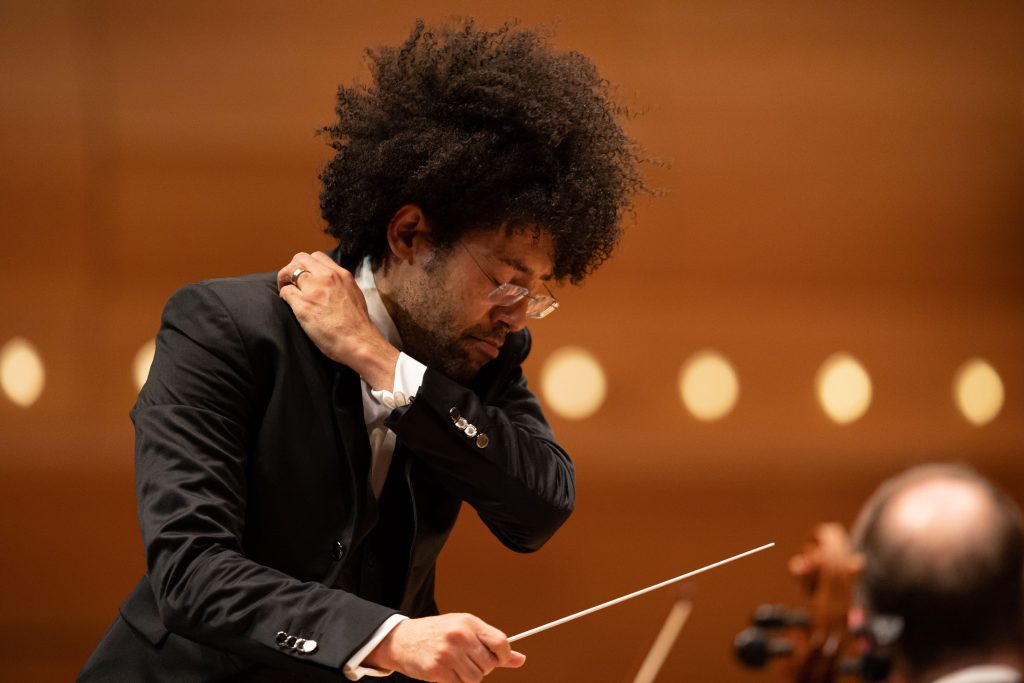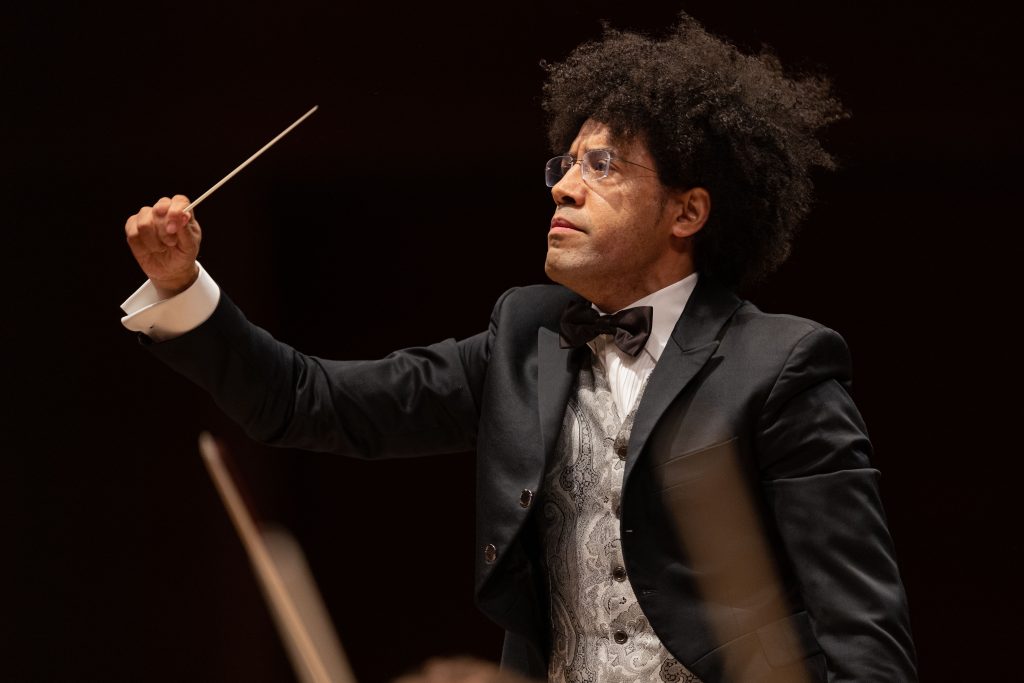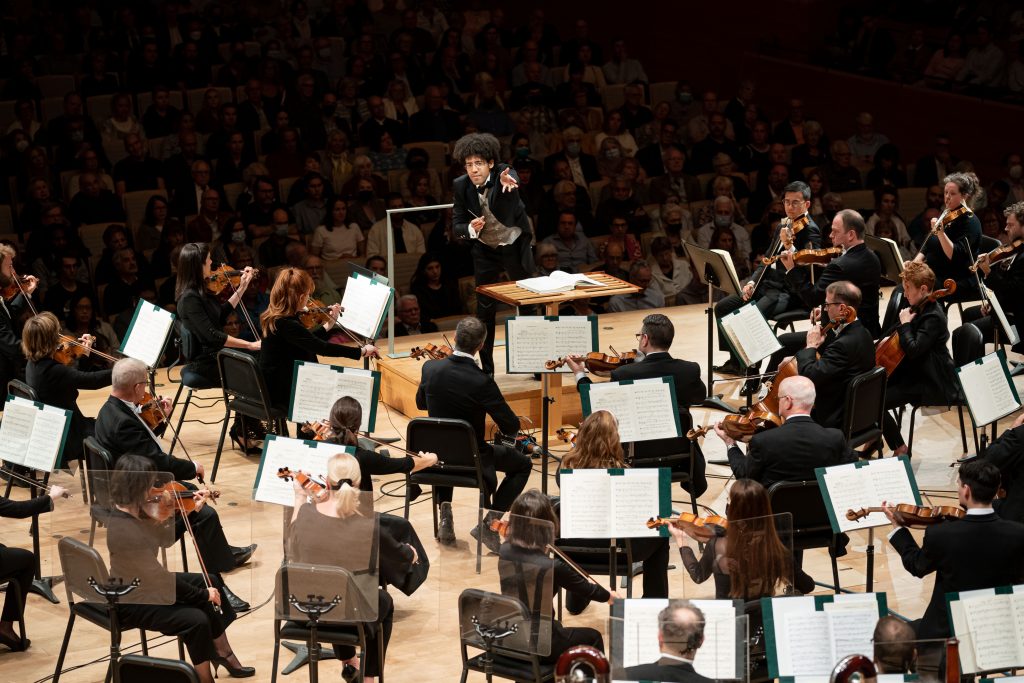“Turandot” in Berlin, OSM Festivals & Tchaikovsky at the Shell
Rafael Payare kicks off the summer making his Berlin State Opera debut conducting Puccini’s Turandot (July 6–14). Philipp Stölzl’s production stars soprano Liudmyla Monastyrska (title role), tenor Arsen Soghomonyan (Calaf), soprano Adriana González (Liù), and bass René Pape (Timur). As Music Director of the Orchestre symphonique de Montréal (OSM), Payare leads the ensemble at two Quebec...







